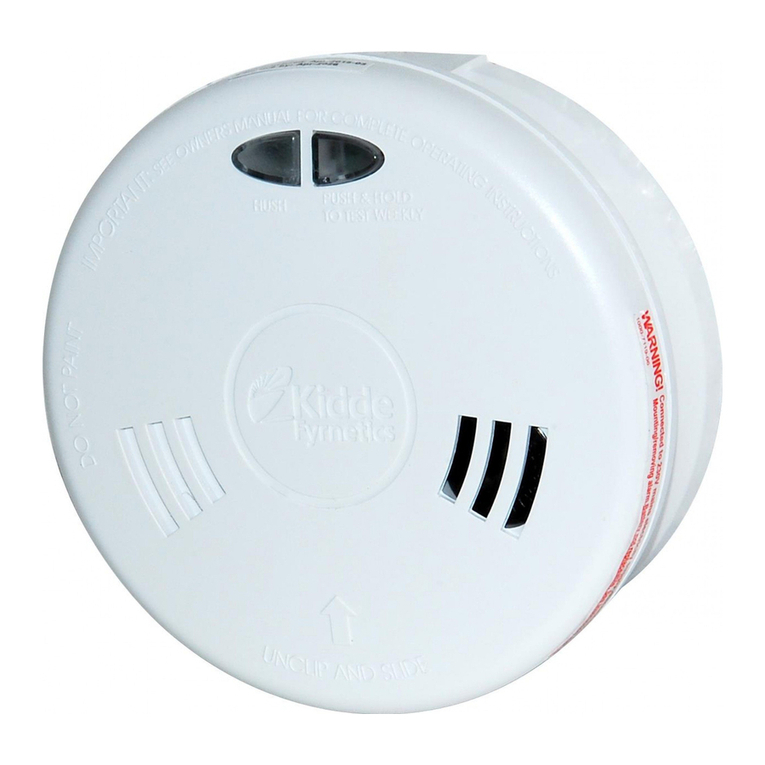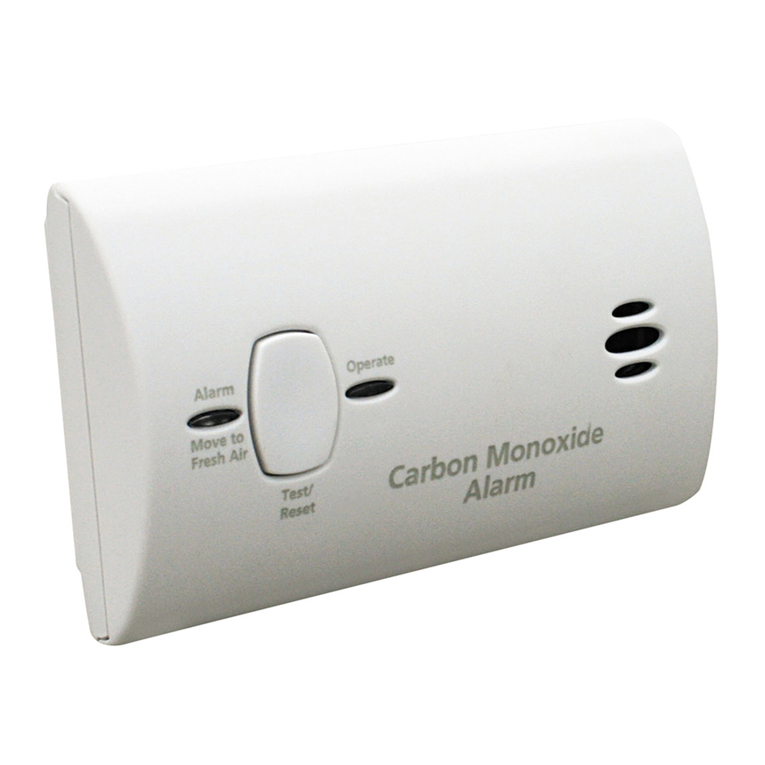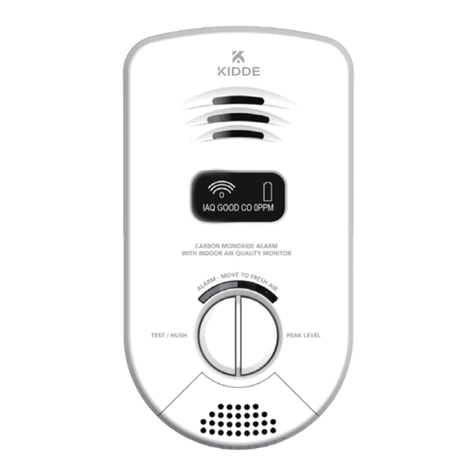Kidde KN-COPE-DCA User manual
Other Kidde Security System manuals

Kidde
Kidde KN-COB-B User manual
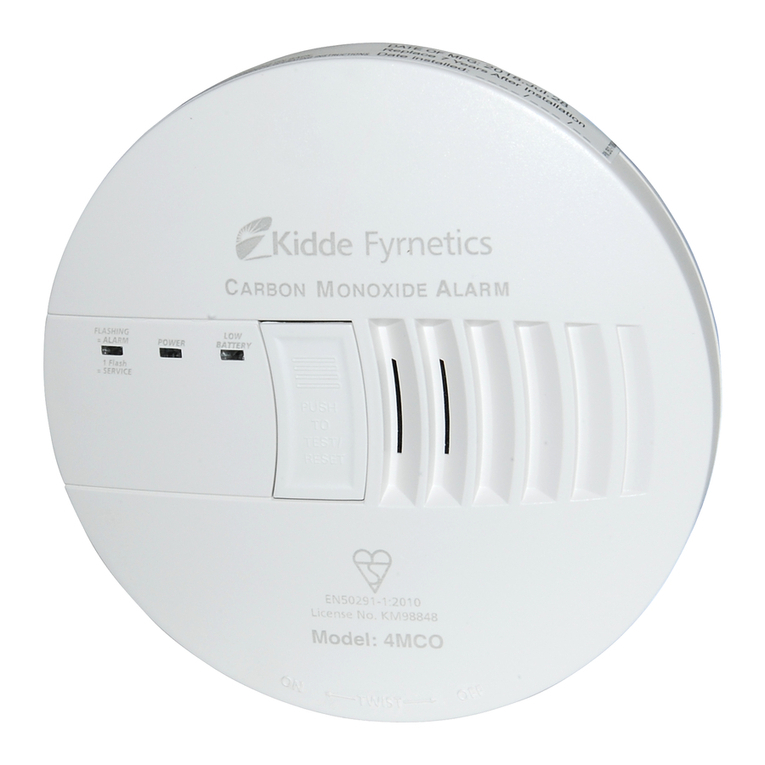
Kidde
Kidde 4MCO User manual
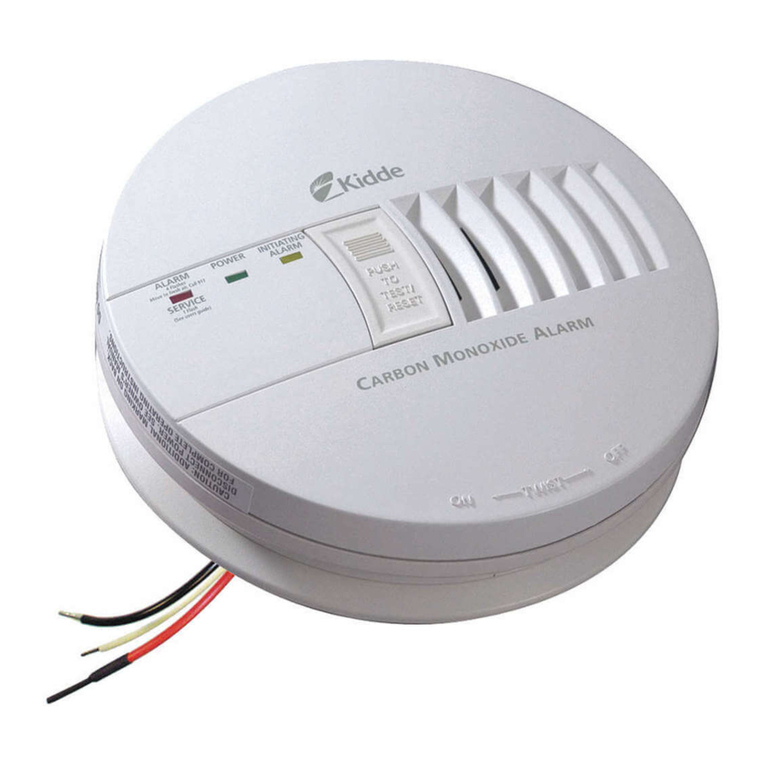
Kidde
Kidde KN-COB-IC User manual
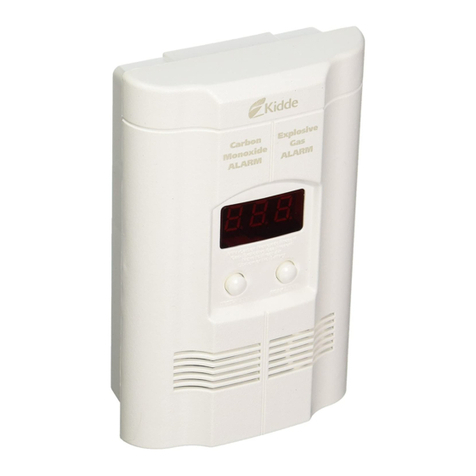
Kidde
Kidde KN-COEG-3 (900-01 13) User manual

Kidde
Kidde KN-COB-IC User manual
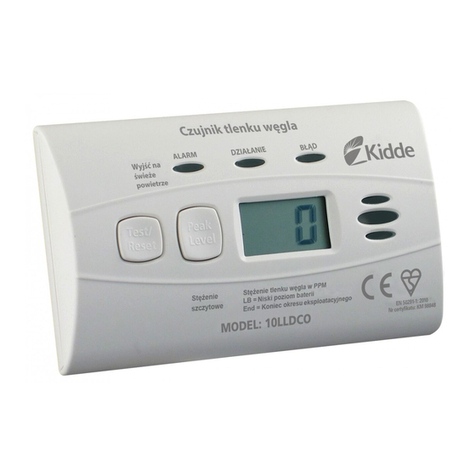
Kidde
Kidde 10LLDCO User manual
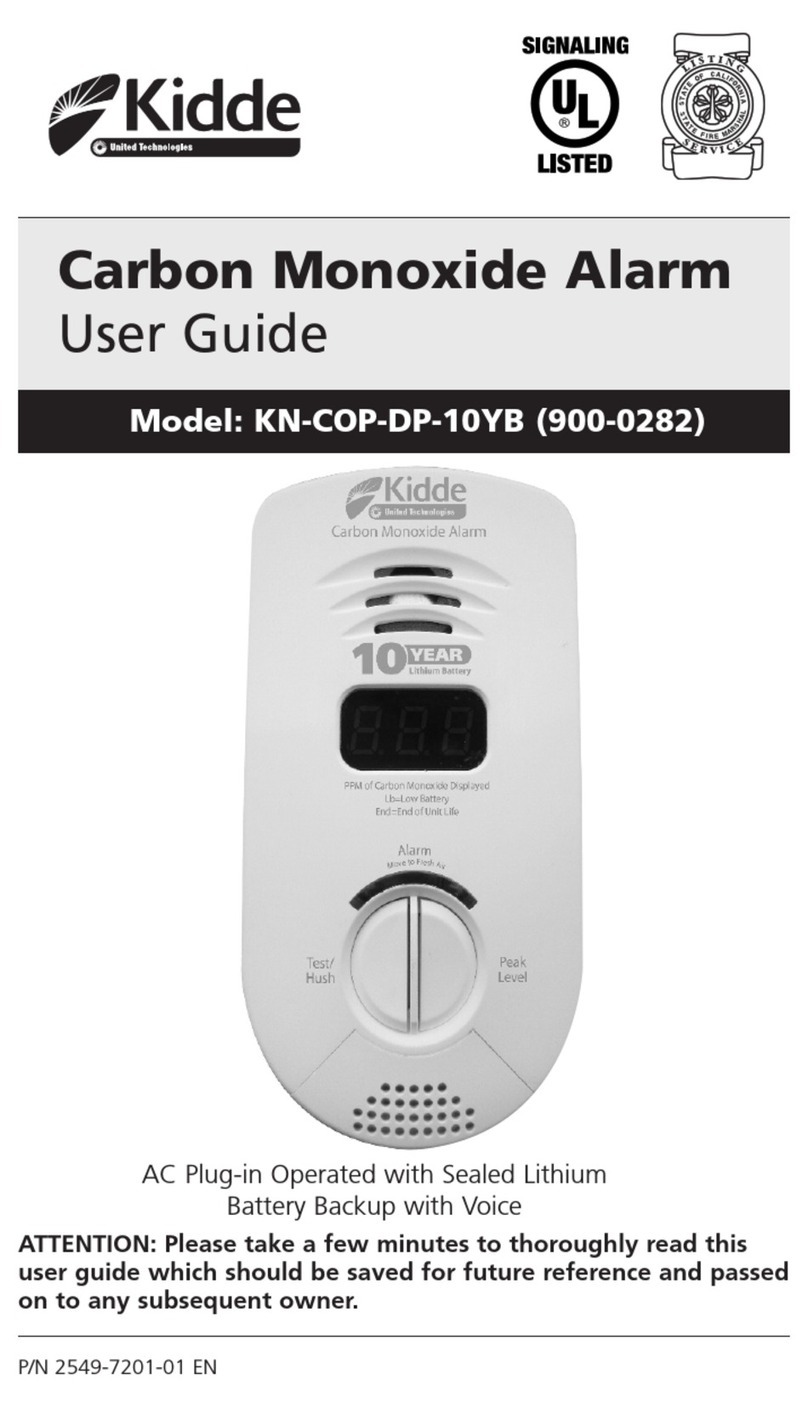
Kidde
Kidde KN-COP-DP-10YB User manual
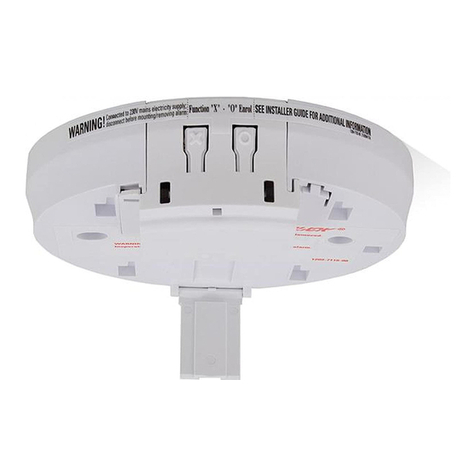
Kidde
Kidde SLICK RF-SFTP User manual

Kidde
Kidde 4MCO User manual
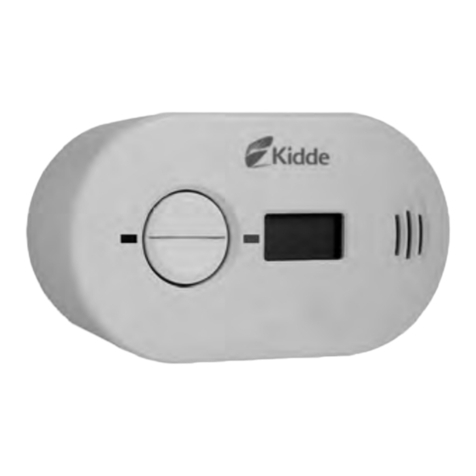
Kidde
Kidde KN-COPP-B-LS User manual
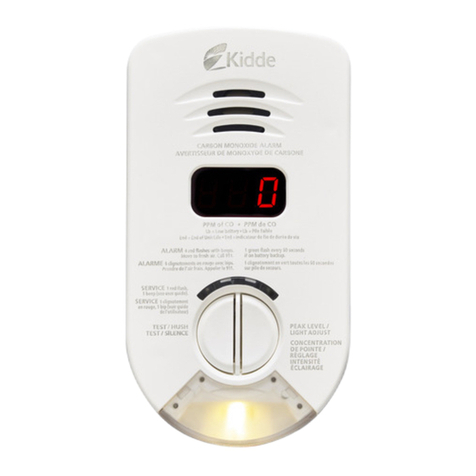
Kidde
Kidde KN-COP-DP-10YHCA (900-0284CA) User manual
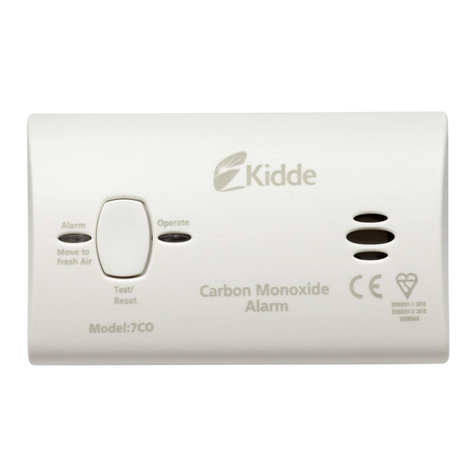
Kidde
Kidde 7CO User manual
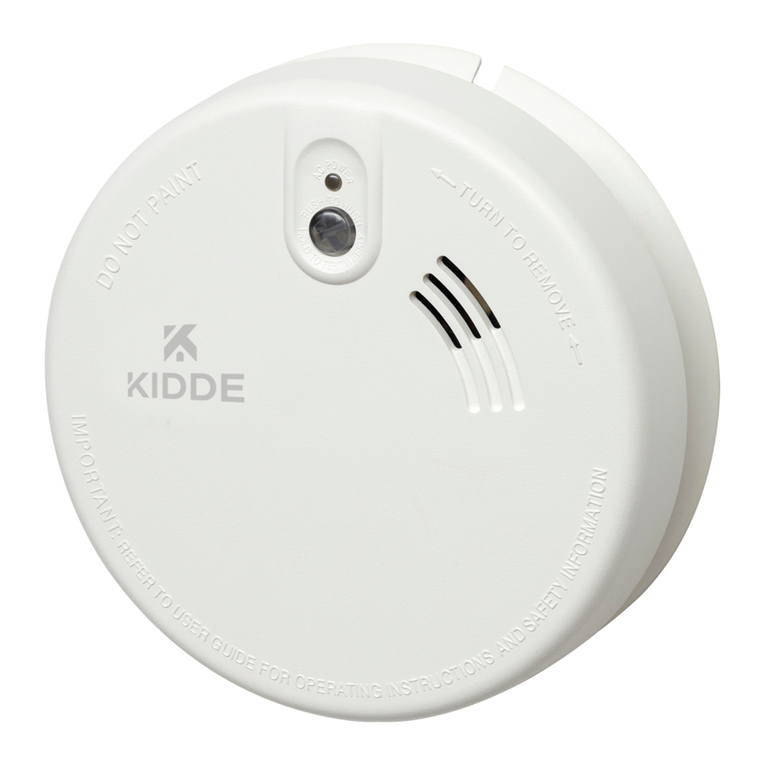
Kidde
Kidde KF10 User manual
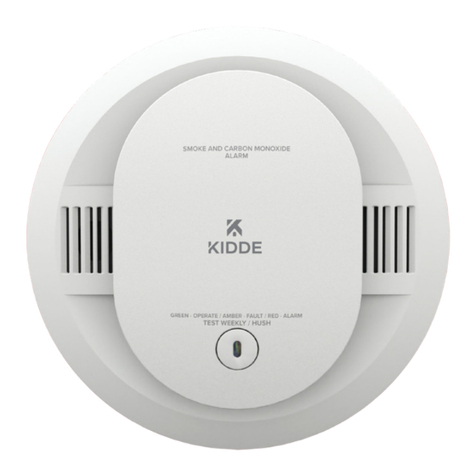
Kidde
Kidde 900-CUAR User manual
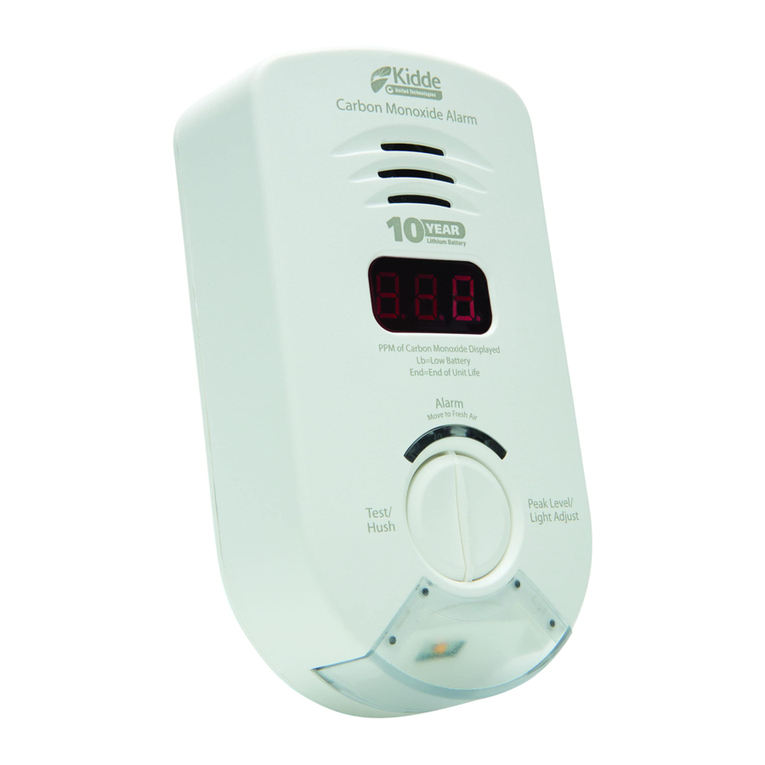
Kidde
Kidde KN-COP-DP-10YH User manual

Kidde
Kidde DM3000 Assembly instructions
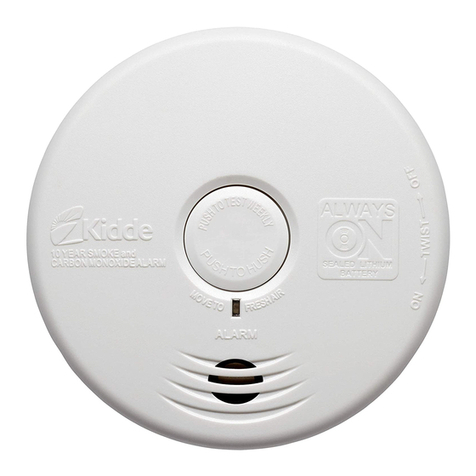
Kidde
Kidde WFPCO User manual
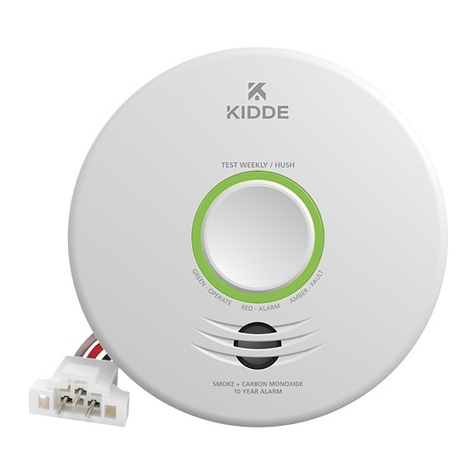
Kidde
Kidde P4010ACSCO-WF User manual
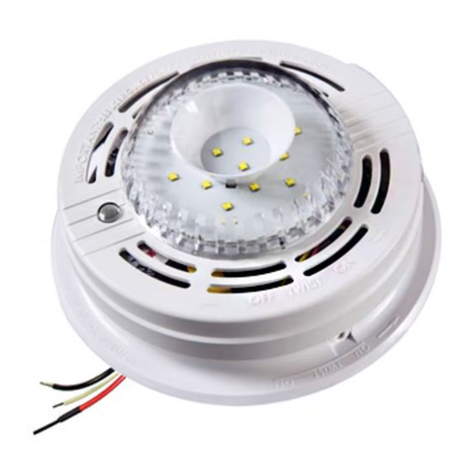
Kidde
Kidde SLED177iCA User manual

Kidde
Kidde KF30 User manual
Popular Security System manuals by other brands

Secure
Secure USAB-1 operating instructions

B&B
B&B 480 SERIES Operation & maintenance manual

ADEMCO
ADEMCO VISTA-20P Series Installation and setup guide

Inner Range
Inner Range Concept 2000 user manual

Johnson Controls
Johnson Controls PENN Connected PC10 Install and Commissioning Guide

Aeotec
Aeotec Siren Gen5 quick start guide
